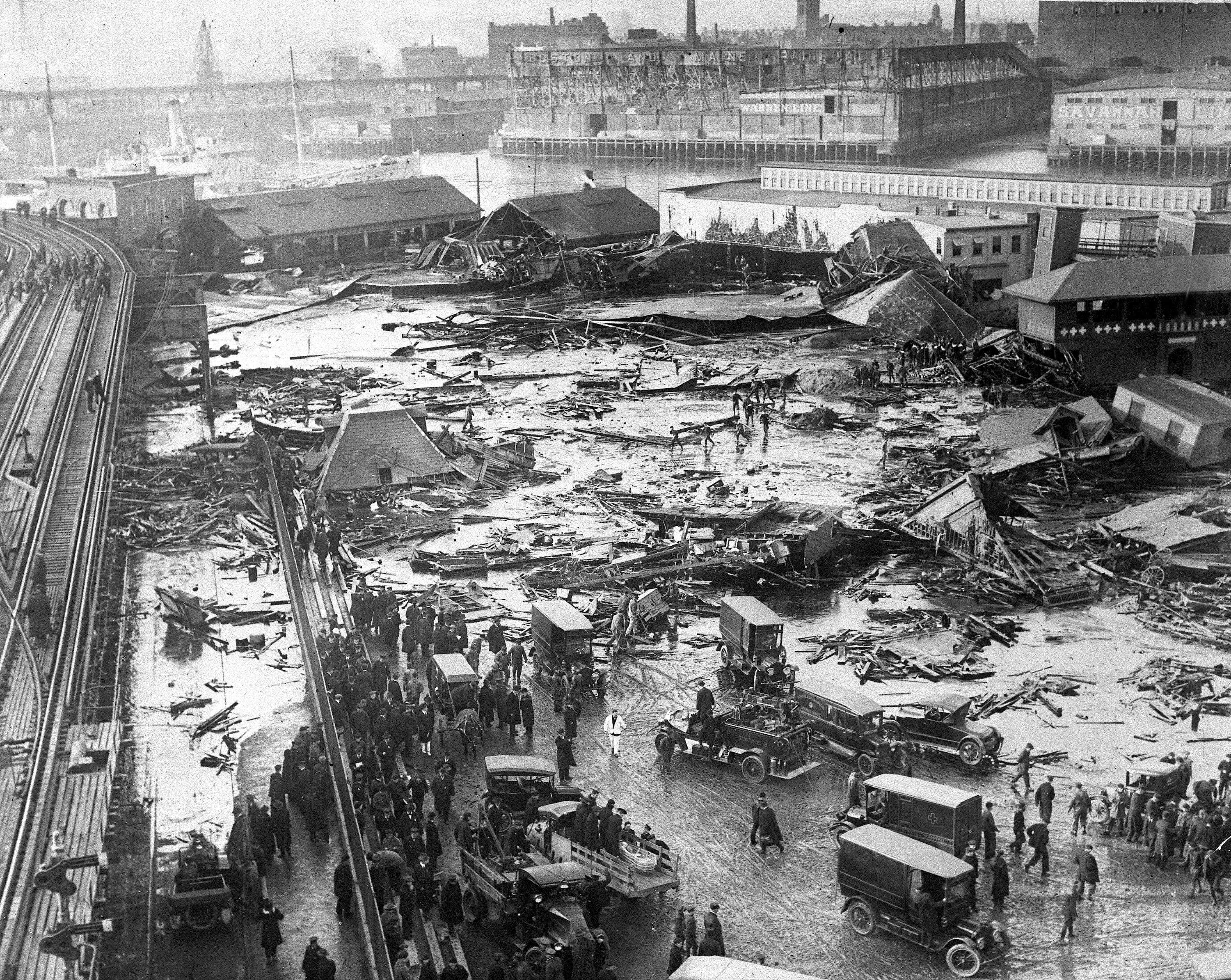The teatime deluge: how a British soap opera sets loose ten Niagara-sized waterfalls every evening
Our economy and our global ecosystem aren't just similarly complex - they're intimately related and reliant on each other. This fact riles traditional environmentalists, who lament mankind's peculiar niche, but trying to deny it would require denying that humans live on Earth. We can't understand how nature works without understanding how our economy works. Nor can anyone claim to understand how our economy works without also understanding how our ecosystems work.
For an elegant demonstration of this fact, consider this clip from the BBC, which explains what happens to Britain's electric grid and watersheds as soon as the credits roll on a popular soap opera every evening:
In order to manage the electrical demands of a million tea kettles being turned on at once, then, British utility managers unleash a nightly deluge from reservoirs all over the island. Hundreds of billions of gallons of water are set loose to fall through hydroelectric turbines: it's roughly the equivalent of ten Niagara-sized waterfalls turned on for a few minutes while the tea boils (see the footnote for the math and some mind-boggling numbers).
Ten Niagaras synchronized with the end-credits of the BBC's most popular soap opera: how's that for a spectacle of nature? Doesn't this phenomenon deserve its own national park? Or at least a highway rest stop?
Instead, it's mostly ignored and taken for granted. Even the engineer in this clip seems blithely indifferent to the deluge he's setting loose: entire lakes are reduced to buttons on a spreadsheet at his desk. A power delivery from France fails, but a few clicks and another lake empties out, no big deal.
We might be prone to dismiss this force of nature because it's manmade, but that's precisely the reason we ought to be paying attention to it. Dams, after all, can inflict serious harm on watersheds and fisheries; maybe Britain would need fewer of them if more people were aware of the teatime deluge, and made their own efforts to reschedule their kettle use.
At the very least, knowing that the hydrological equivalent of Moses's Red Sea miracle was being put into the daily service of their tea kettles might lead Britain's soap opera audience to feel more humility and respect towards the natural resources they use, wittingly or not, every day.
* The physics: producing 3 gigawatts of electricity for a fifteen minute period is equivalent to 0.75 gigawatts of work, or 2.7 trillion joules. That amount of energy requires the equivalent of over 700 billion gallons of water (or 2.8 trillion kilograms) falling 100 meters through dams: 2.8 trillion kg * 9.8 m/s2 * 100 m = 2.74 trillion joules.
Niagara Falls is 53 meters tall and pours 150,000 gallons per second, or 135 million gallons in a 15 minute interval. 135 million gallons weighs 511 million kg, so Niagara's water produces 53 m * 511 million kg * 9.8 m/s2 = 265.4 billion joules, or 73.72 megawatt hours of (unharnessed) energy.













